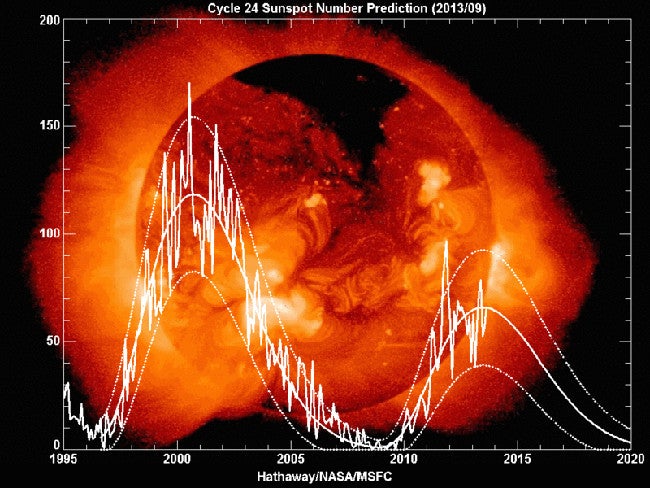
Northern lights tip 1: When to see the Aurora

Hello again everyone ! I hope you are all ears because I was thinking about starting right away with the serious business: How to hunt the Northern Lights.
All over the internet, you will see countless blog-post, forum threads and other ads flooding you with info that is often patchy, and sometimes even crudely oversimplifying. This is what we will try to avoid in here by giving you thorough (yet understandable) guidelines to your quest. Ready all? let´s start then by our first concern: When will we be able to spot them ?
Anytime it´s dark. Or, more precisely, as long as there is darkness. It´s a common misconception that Auroras can only be seen throughout certain period of the year or the winter, and if it is indeed wise to focus on winter (because you know, Midnight Sun and stuff don´t make it easy to spot the Lights), virtually anytime during this period is good.
Technically, if you´re lucky, you could see the Lights as early as mid-August and as late as mid-April, but due to the Polar regions bright summers it is probably wiser to focus on the period September to March in order to increase your chances. Northern Lights happening this earlier or later in the season also tend to be much harder to see (but not necessarily weaker) than those spotted in pitch-black night.
During this period, you will still have to avoid the light that´s still left and wait until late at night to be able to spot the Aurora. The period of the evening with the most solar activity (and consequently, the more Northern Lights) varies regarding on your geographical position. In Norway, it tends to be nine to midnight and in Iceland it´s roughly eleven to one.
In cases of very strong solar storms, Northern Lights can be spotted as early as four in the afternoon and as late as six in the morning, but it´s quite rare. It is therefore unnecessary to stay up the whole night locked in your car while suffering frostbite in the hope to spot the elusive Lights.
The Solar activity, which triggers the Northern Lights can also be assessed by years. Basically, the sun´s activity varies over time, and take the shape of a bow: every eleven years, the sun reaches the so-called "Solar Maximum" and Northern Lights become much more frequent as a result. Five years after, the sun hits the "Solar Minimum" and the occurrence of Lights diminishes.
Solar cycle observation and prediction. Image courtesy of the N.A.S.A.
The last "Solar Maximum" actually happened last year, which means that there´s still much activity in the skies right now. This year, as far as prediction goes, should be at least as good as the previous one and it should, from there on, start going downhill. Again, these are mere predictions so it´s impossible to be sure but in any cases, you´re probably better off trying this year than in let´s say, 2020.
Okay, let´s wrap it up for today. Tomorrow we will be focusing on another crucial point: Where to see the lights (hint: probably not from where you live, sorry...)
기타 흥미로운 블로그
요쿨살론부터 비크까지, 꽃보다 청춘 5화
드디어 하늘씨과 쓰리스톤즈가 합류했는데요! 설원을 달리는 모습에 저도 아이슬란드가 엄청 그리워졌답니다. 빙하와 빛나는 요쿨살론 첫번째로 향한 요쿨살론(Jokulsarlon)은 아이슬란드의 대표적인 명소 중 하나랍니다. 영어로 Glacier lagoon 이라고도 하는데요. 방송에 나온 것처럼 눈 앞에 보이는 빙하는 빙하수가 흘러서 녹았다 얼었다를더 보기스코가포스 폭포부터 오로라까지, 꽃보다청춘 4화를 따라서
여행 5일째, 포스톤즈가 처음으로 향한 곳은 아이슬란드 남부에 있는 스코가포스 폭포(skogasfoss)입니다. 아이슬란드 남부의 대표적인 폭포 중 하나에요. 방송에서는 들르지 않았지만 스코가포스 거의 바로 옆에 위치한 셀리야란드스포스(seljalandsfoss) 폭포와 함께 같이 들르곤 한답니다. 스코가포스 폭포는 폭포의 물줄기 끝까지 올라갈 수 있단더 보기꽃청춘을 따라서
요즘 인기리에 방영되고 있는 꽃보다 청춘 아이슬란드편! 저도 매주 빼놓지 않고 시청하고 있습니다. 많은 분들께서 포스톤즈의 발랄한 매력과 아이슬란드의 놀라운 경치에 빠져드셨을 것 같습니다! 이번에는 꽃보다 청춘을 따라서 아이슬란드를 한번 가보도록 해요! 사실 아이슬란드가 한국에서 그렇게 가기 쉬운 나라는 아닙니다. 거리도 멀고 항공권도 비싸고! 우더 보기

아이슬란드 최대의 여행 마켓플레이스를 전화에 다운로드하여 전체 여행을 한 곳에서 관리하세요
전화 카메라로 이 QR 코드를 스캔하고 표시되는 링크를 누르면 아이슬란드 최대의 여행 마켓플레이스를 주머니에 넣을 수 있답니다. 다운로드 링크가 포함된 SMS 또는 이메일을 받으려면 전화번호 또는 이메일 주소를 추가하세요.

















